
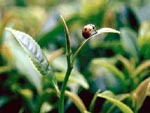
The tea Plants(Camellia sinensis), in its natual state grows in to a small or medium sized tree, but in commercial plantation it isned and trained to form a many branched low bush and is encouraged to produce vigorous vegetative growth by adopting an appropriates schedule of fertilizer applications.
Tea is grown from almost the sea level to about 2460 m. A well distributed rainfall is essential for its satisfactory cultivation, although it is grown in many marginal areas. Also the rain fall varies from abut 125 cm to 750 cm in the tea growing areas in this country. Cultivation of tea is generally by propagation from seed, but in recent years the use of high yielding clonal material has become popular. The plants are initially raised in nurseries. Careful attention is paid to the seedling depending on the region and weather conditions. 1 to 1 ½ year old nursery seedlings are used for planting in the field. The vegetative propagation of selected tea plant cuttings each with a leaf and an internodes, has been standardized and progressive planters now raise clonal nurseries on a large scale.The area intended for planting is first cleared of forest growth and adequate steps are taken to prevent soil erosion..

In tea manufacture, the leaf goes through some or all of the stages of withering, rolling, fermentation, and drying. The process has a twofold purpose: (1) to dry the leaf and (2) to allow the chemical constituents of the leaf to produce the quality peculiar to each type of tea.The best-known constituent of tea is caffeine, which gives the beverage its stimulating character but contributes only a little to colour, flavour, and aroma. About 4 percent of the solids in fresh leaf is caffeine, and one teacup of the beverage contains 60 to 90 milligrams of caffeine. The most important chemicals in tea are the tannins, or polyphones, which are colourless, bitter-tasting substances that give the drink its astringency. When acted upon by an enzyme called polyphenol oxidase, polyphenols acquire a reddish colour and form the flavouring compounds of the beverage. Certain volatile oils contribute to the aroma of tea, and also contributing to beverage quality are various sugars and amino acids.Only black tea goes through all stages of the manufacturing process. Green tea and oolong acquire their qualities through variations in the crucial fermentation stage.
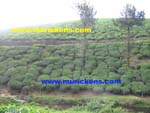
Plucking the leaf initiates the withering stage, in which the leaf becomes flaccid and loses water until, from a fresh moisture content of 70 to 80 percent by weight, it arrives at a withered content of 55 to 70 percent, depending upon the type of processing.In the traditional process, fresh leaf is spread by hand in thin layers onto trays or sections of coarse fabric called tats. It is then allowed to wither for 18 to 20 hours, depending upon several factors that include the temperature and humidity of the air and the size and moisture content of the leaf. Withering in the open air has been replaced by various mechanized systems. In trough withering, air is forced through a thick layer of leaf on a mesh in a trough. In drum withering, rotating, perforated drums are used instead of troughs, and in tunnel withering, leaf is spread on tats carried by mobile trolleys and is subjected to hot-air blasts in a tunnel. Continuous withering machines move the leaf on conveyor belts and subject it to hot air in an enclosed chamber, discharging withered leaf while fresh leaf is simultaneously loaded.
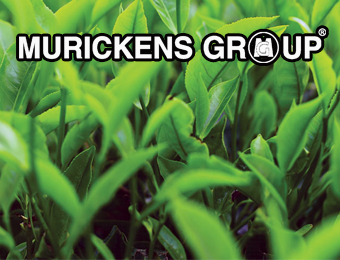
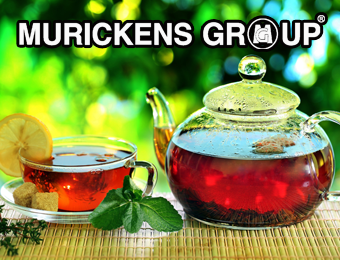
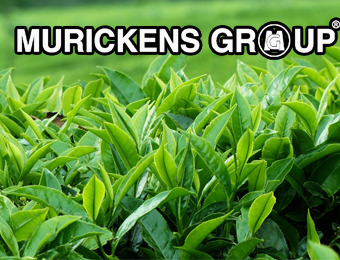
MURICKENS GROUP
HO : KOTTAYAM-KADUTHURUTHY
BR : KOTTAYAM- CEMENT JUNCTION
ERNAKULAM-PALARIVATTAM
Real estate cunsulting officials at U.S.A. (Texas & Newyork) & Bombay
Email : mg@murickens.com, murickans@gmail.com